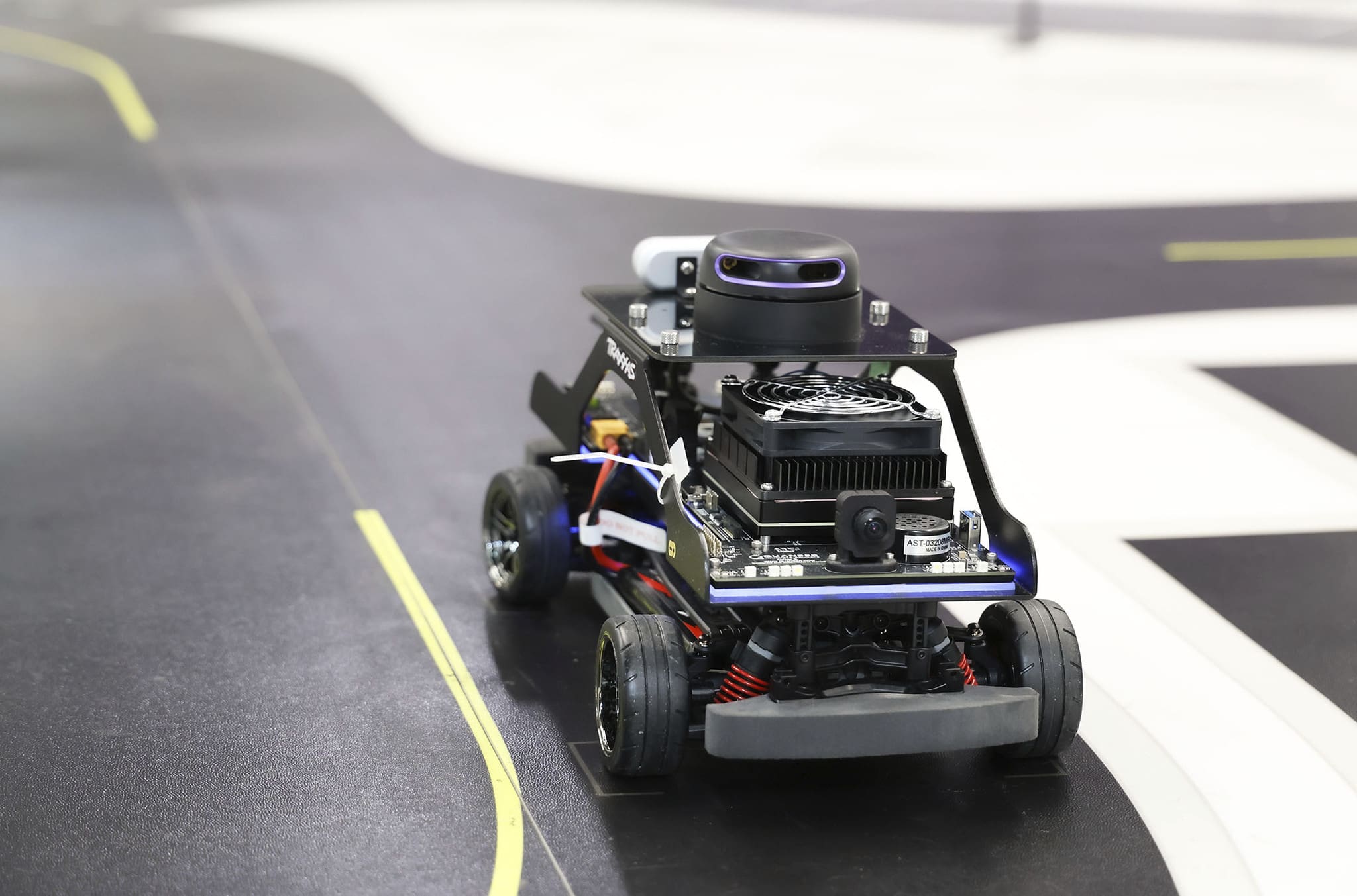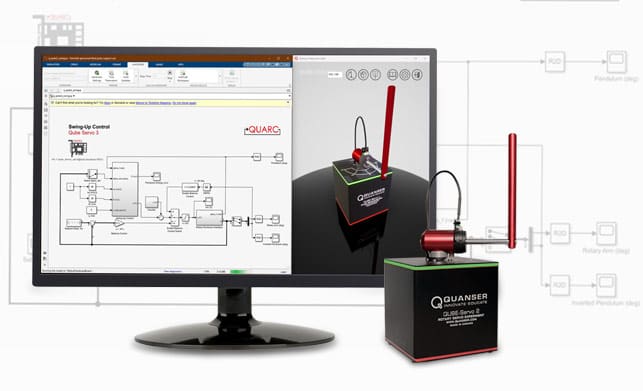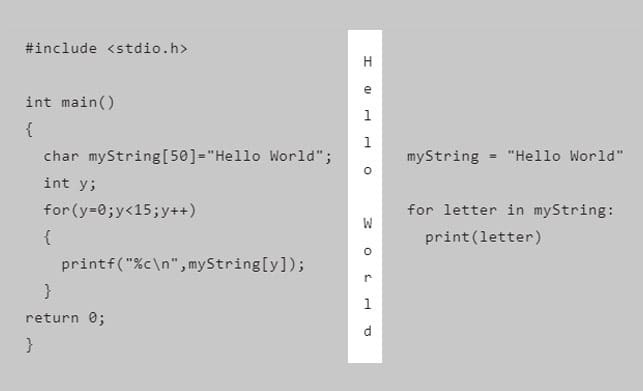
A little over a year ago, Quanser made the ambitious decision to create a controls engineering textbook. It was a bit unorthodox for us; we’ve been designing and building hardware experiences for controls students for thirty years, including curriculum and step-by-step lab guides – but a textbook? Traditional textbooks are dense, heavy tomes that dissect everything an undergraduate student would need to know in the control systems space. Why would we do that?
But here’s the thing – the question was never why Quanser would build this sort of textbook, but why would anyone?
When we explain concepts in a lecture or have a conversation with a student about a difficult-to-grasp concept, we aim to explain things in a way that the student understands. But many textbooks get caught up in complicated language, excessive theory, and page after page of equations, to the detriment of the understanding of the average student. We decided that with our 30 years of company experience and dedicated solutions and curriculum teams, we could do things differently.
The Tenets of a Better Textbook
We started by defining six fundamental tenets that all content would meet.
Language should be accessible and familiar. If the goal is to improve understanding of core engineering concepts, then we need to describe them in a way that students understand – through our word choices, phrasing, and tone.
Questions or prompts should promote understanding and critical thinking. Students are often asked plug-and-calculate style questions that focus on comprehension instead of evaluation and analysis.
Examples should pull from the real-world, across many engineering disciplines. It can be difficult to understand a concept when you’re also trying to wrap your mind around the example. Using situations that students are already familiar with makes it easier to learn, while also exposing them to examples outside of their chosen discipline.
Critical takeaways should be summarized and highlighted. In addition to reiterating important concepts, it should be easy to go back to a chapter and find the need-to-know information.
Content should enable Wikipedia-style “rabbit hole” learning. Curiosity is often a driving factor when we sit down to learn a new concept, with links allowing us to jump from idea to idea until we’re satisfied. While there is a natural progression through the content that can be followed, we wanted students to be able to learn about the concepts that interest them.
Content should be in a long, scrolling form. Modern websites and apps are designed to be scrolled through, with the expectation that content is loaded as the user scrolls. Today’s students are familiar with this content paradigm.
What it came down to was meeting students where they are – delivering content in a way that they would understand, using the tools that they’re familiar with. Which is why we decided to leverage our qdex platform to create a mobile textbook instead of a traditional print one.
The qdex Platform
The qdex platform allows us to create and embed dynamic, real-time simulations directly into the content, allowing students to interact with concepts in a way they couldn’t before. It also lets us leverage on-board device sensors, which could be used to explain difficult concepts like Observability.
The module-based design of qdex lends itself to content segmentation, so we could break down chapters into smaller pieces, allowing students to focus on the particular subtopics, or learning modules, that interested them.
Tying it All Together
Since this was a textbook, we needed to make sure that the individual learning modules felt cohesive, like they were part of a bigger text. We decided to tie them together with common elements that each learning module would contain.
Motivation statement. It can be very frustrating to sink a lot of time into learning a concept if it’s not clear when or where you might need it. We wanted to be straightforward with students, so the first page of each learning module starts with an honest motivation statement, no matter how small.
Interactive element. We believe that students understand more when they have the opportunity to interact with the hardware in a lab. Short of that, simulations and other interactive features allow students to practice what they have learned on a model, allowing them to contextualize the concept. Throughout the years of developing content for the qdex platform, we have found that it is the interactive parts that drive the point home.
Summary. One of our goals with this textbook was to make it easy to give yourself a refresher when short on time, like when on the bus to class or walking into the lab. Each module finishes with a “Remember” statement: if you can only remember one thing about what you just read, this should be it.
Doing the Work
With the principles we’d outlined to guide us and a template to follow, the team set out creating content, creating over fifty learning modules over the course of a year. The core of the textbook was a collaborative effort between Quanser’s solutions and software teams. The solutions team produced the content, including the text and the models used in the simulations. The software team has been developing the textbook framework for a number of years, and continue to produce new features that can be leveraged by the authors and students. In future blog posts, we will be detailing how some of the more laborious qdex features work, with an in-depth look into the simulation engine in the next Experience Controls newsletter installment.
Our goal from the very beginning was to build a better textbook that students would actually use, and we believe that we’ve done that. However, some of you might feel differently. If you have suggestions for additional content you’d like to see in the Experience Controls textbook, please comment below or send us an email.


